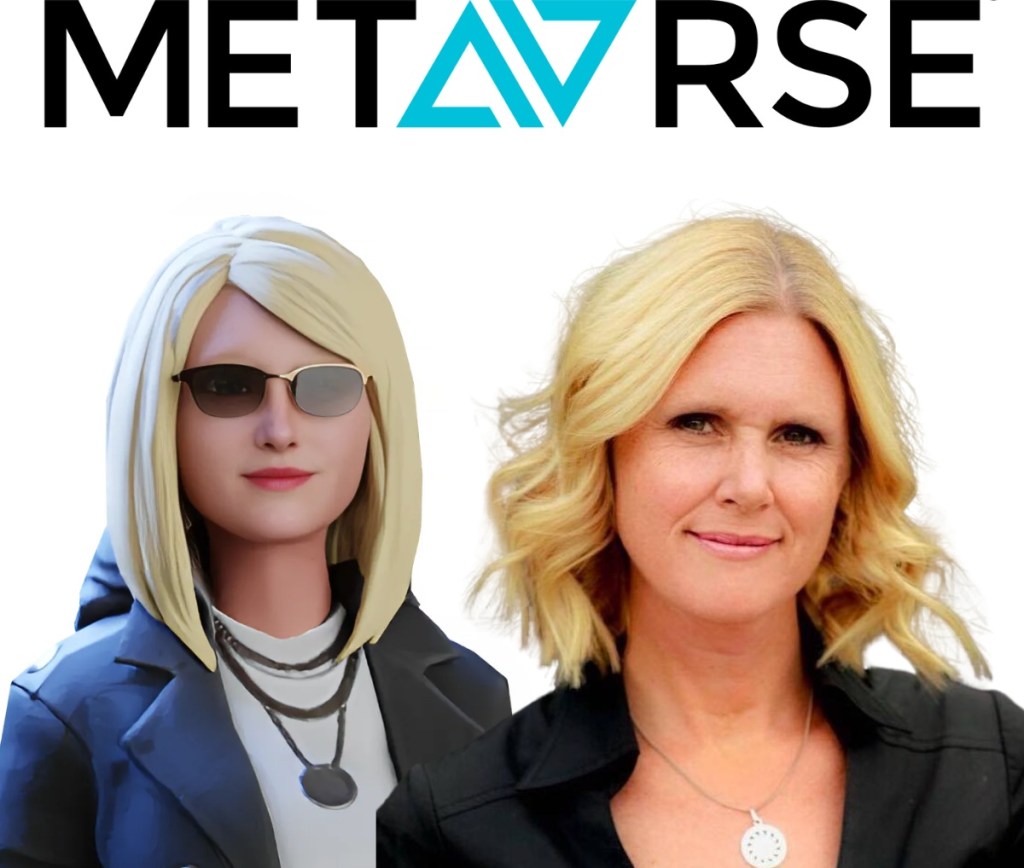Quordle was one of the original Wordle alternatives and is still going strong now more than 1,000 games later. It offers a genuine challenge, though, so read on if you need some Quordle hints today – or scroll down further for the answers.
Enjoy playing word games? You can also check out my Wordle today, NYT Connections today and NYT Strands today pages for hints and answers for those puzzles.
SPOILER WARNING: Information about Quordle today is below, so don’t read on if you don’t want to know the answers.

Quordle today (game #1017) – hint #1 – Vowels
How many different vowels are in Quordle today?
• The number of different vowels in Quordle today is 5*.
* Note that by vowel we mean the five standard vowels (A, E, I, O, U), not Y (which is sometimes counted as a vowel too).
Quordle today (game #1017) – hint #2 – repeated letters
Do any of today’s Quordle answers contain repeated letters?
• The number of Quordle answers containing a repeated letter today is 3.
Quordle today (game #1017) – hint #3 – uncommon letters
Do the letters Q, Z, X or J appear in Quordle today?
• No. None of Q, Z, X or J appear among today’s Quordle answers.
Quordle today (game #1017) – hint #4 – starting letters (1)
Do any of today’s Quordle puzzles start with the same letter?
• The number of today’s Quordle answers starting with the same letter is 2.
If you just want to know the answers at this stage, simply scroll down. If you’re not ready yet then here’s one more clue to make things a lot easier:
Quordle today (game #1017) – hint #5 – starting letters (2)
What letters do today’s Quordle answers start with?
• S
• D
• T
• S
Right, the answers are below, so DO NOT SCROLL ANY FURTHER IF YOU DON’T WANT TO SEE THEM.
Quordle today (game #1017) – the answers

The answers to today’s Quordle, game #1017, are…
I think someone might need to reset the Quordle word generator – because for the second day in a row there’s a word repeated between the main and Daily Sequence versions of the game.
Today it’s the turn of DRUID, one of four relatively tricky answers in the Classic daily game, along with SASSY, SLOSH and THREW. As you can see, there are repeated letters aplenty, including the three Ss in SASSY, although the presence of all five vowels might have served to make it a little easier.
How did you do today? Send me an email and let me know.
Daily Sequence today (game #1017) – the answers

The answers to today’s Quordle Daily Sequence, game #1017, are…
Quordle answers: The past 20
- Quordle #1016, Tuesday 5 November: BEGET, AMUSE, STONY, LOUSY
- Quordle #1015, Monday 4 November: CHILL, TACKY, GRAPH, PLAZA
- Quordle #1014, Sunday 3 November: QUIRK, HEART, ELBOW, KNOWN
- Quordle #1013, Saturday 2 November: SWUNG, FLOOR, PARER, CRUST
- Quordle #1012, Friday 1 November: FIFTY, GULCH, RECUT, TWEET
- Quordle #1011, Thursday 31 October: TWINE, RIGID, BELCH, AMEND
- Quordle #1010, Wednesday 30 October: SLOOP, BRINE, BROOD, FLUID
- Quordle #1009, Tuesday 29 October: CLIFF, BURNT, SNAKY, POLYP
- Quordle #1008, Monday 28 October: MACAW, LIEGE, GOUGE, CARGO
- Quordle #1007, Sunday 27 October: STUNG, CLOUT, SOWER, BASIS
- Quordle #1006, Saturday 26 October: DUCHY, CANNY, BLOCK, SMART
- Quordle #1005, Friday 25 October: PRANK, EXIST, RUDDY, PICKY
- Quordle #1004, Thursday 24 October: DAIRY, RALLY, CURLY, LABEL
- Quordle #1003, Wednesday 23 October: DROSS, ANNEX, GRAVE, BROKE
- Quordle #1002, Tuesday 22 October: ADORE, SMITH, AFOOT, LUCID
- Quordle #1001, Monday 21 October: TREAD, NINTH, GRIEF, UNSET
- Quordle #1000, Sunday 20 October: CORAL, WHOSE, HEIST, SOAPY
- Quordle #999, Saturday 19 October: GUSTY, BROKE, ENJOY, HAZEL
- Quordle #998, Friday 18 October: PUPIL, MOCHA, EGRET, NATAL
- Quordle #997, Thursday 17 October: BUILD, BIRTH, LURCH, SASSY








































































































































































You must be logged in to post a comment Login